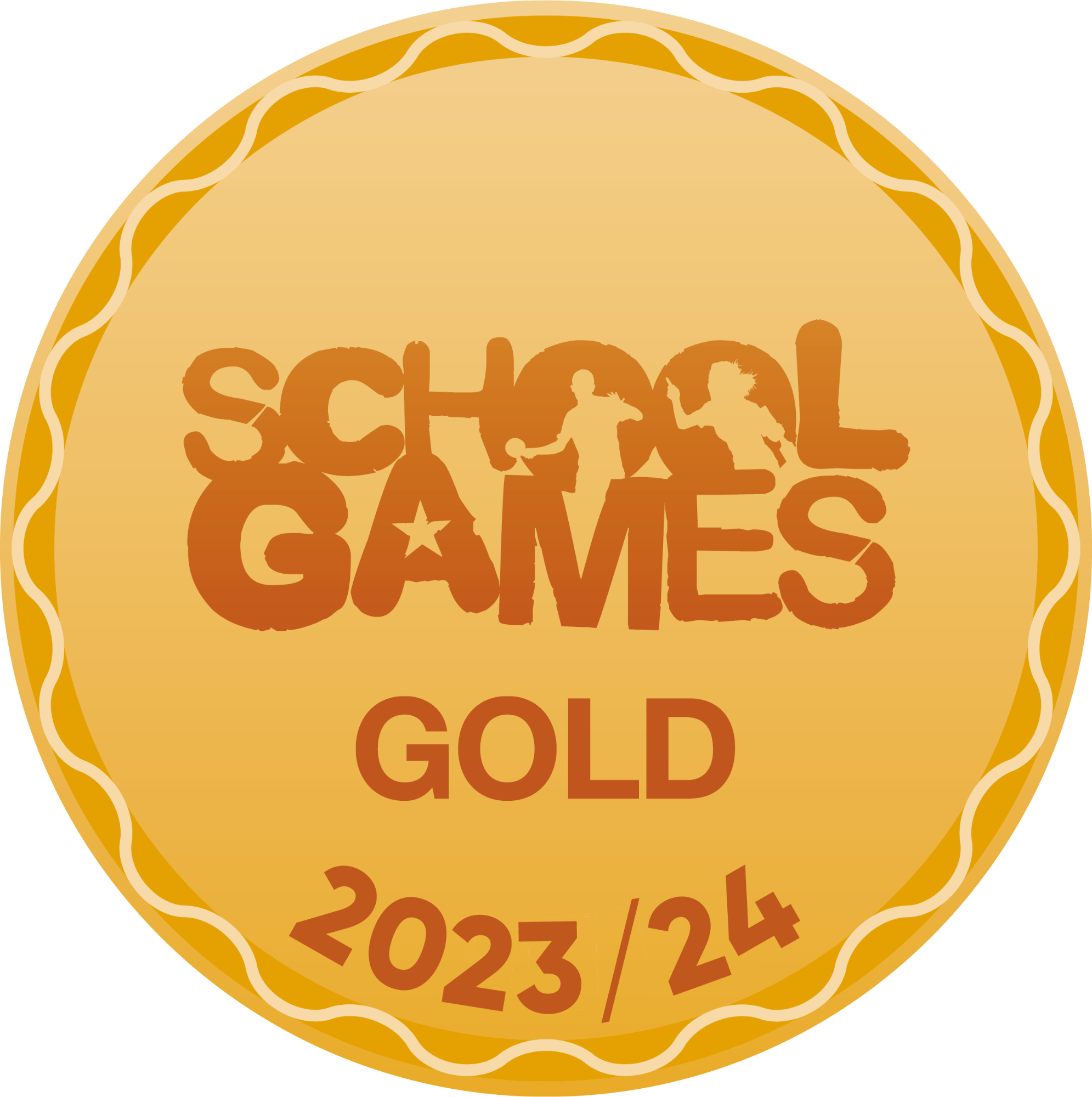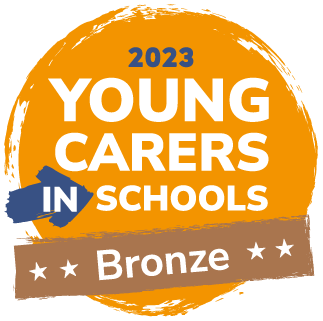Art
Intent
“Art encourages children to think, developing skills and confidence as they go”
MaryAnn. F. Kohl.
At William Byrd, we believe Art and Design provides children with the opportunity to creatively express and explore through a range of mediums, developing and heightening a variety of inventive and craft skills. Children are given open opportunities to investigate projects of interest using new and existing techniques. Art and Design exemplify the highest form of human creativity, encouraging children to practice such tasks, enabling them to delve into topics of personal interest, making their learning personal and meaningful to them.
As children move through our school, they progressively bank and develop their knowledge, skills, techniques, and methods; exploring new tools, materials, and resources. Children are encouraged to use prior knowledge to experiment with and exhibit their artwork. Children are encouraged to make cross-curricular links: understanding the science behind the materials, mixing and manipulating resources and the structure of tools, recognising the history and culture of artists and the significance of paintings and artefacts. Teachers encourage children to be critical of their artwork and to experiment with different styles of art based on their research, creating independently as well as in groups.
We promote our Guiding powers through all our lessons, especially Art and Design, encouraging children to be aspirational and curious in their learning, developing new skills and being resilient with challenging tasks and new, unfamiliar tools and materials.
Through their studies in Art, children are developing their cultural capital, learning about a wide range of diverse artists past and present, including the Impressionists, Lowry, Holbein, Rizzi, Yinka Shonibare and Barbara Walker. Children are exposed to a variety of cultural art such as Indian art and artists, Still Life, Pop art, Taotie art, Mayan Stelae and works by significant black artists.
Implementation
To ensure high standards of teaching and learning in art and design, we implement a curriculum that is progressive throughout the whole school. Art and design is taught in half-termly units using the bespoke art units we have created and focusses on the knowledge and skills stated in the National Curriculum. The art subject leader is responsible for keeping abreast of current initiatives in the Arts and disseminating this information to all members of staff. Continuous professional development is always a priority at William Byrd and regular meetings, shared planning and delivery sessions and working alongside subject specialists supports our staff to confidently deliver lessons. When teaching art and design, teachers should allow the pupils to follow their own interests and lines of enquiry to ensure that learning is engaging, broad and balanced. A variety of teaching approaches should also be deployed and all pupils challenged to achieve to their full potential.
Impact
Summative and Formative assessments take place throughout units of work and across the year, allowing children to receive and to give feedback on projects. Every child in school has their own sketch book in which they record ideas, practice new techniques, further refine their skills and annotate their work. These sketchbooks give our pupils the opportunity to study an existing piece of art, create a constructive and reflective critique of this work and use these ideas to develop their own piece of related artwork. Pupils will have the opportunity to evaluate their own work and make improvements. Having developed an appreciation and enjoyment of the visual arts. Our children will have had varied opportunities to produce pieces of work inspired by the work of artists, both past and present. Children celebrate and share their work with a range of audiences and are learning to appreciate and understand the joy that can be shared with others through a piece of artwork.











